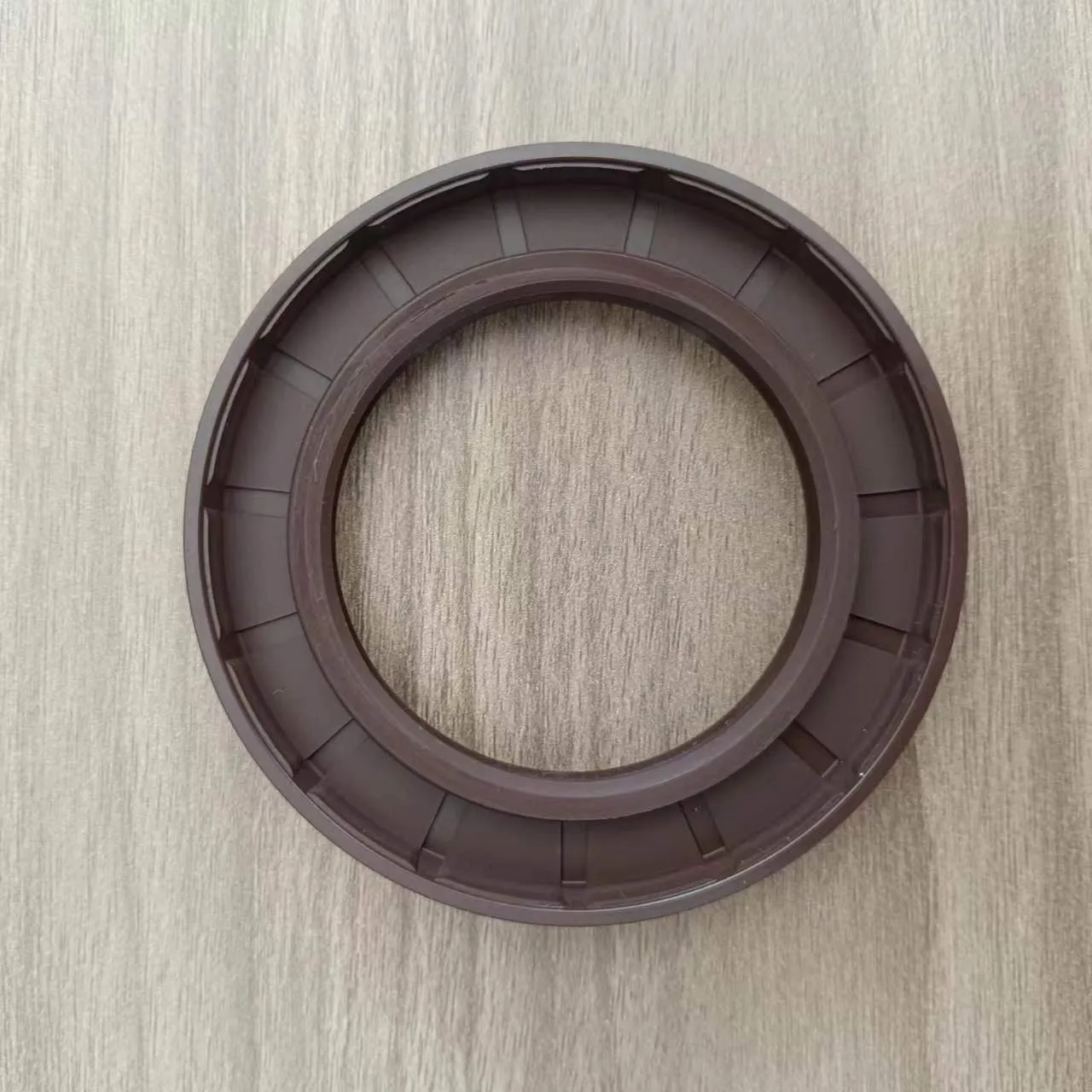Août . 13, 2024 14:24 Back to list
Innovative Solutions for Effective Inner Hub Seal Design and Performance Enhancement Techniques
Understanding Inner Hub Seals Importance and Functionality
Inner hub seals play a crucial role in the smooth operation and longevity of various mechanical systems, particularly in vehicles and heavy machinery. These seals prevent contaminants from entering sensitive components while retaining lubricants necessary for optimal performance. In this article, we will explore the importance, types, and maintenance of inner hub seals, shedding light on why they are an essential component in engineering applications.
What Are Inner Hub Seals?
Inner hub seals, also known as hub seals or bearing seals, are protective barriers located in the hub assembly of vehicles or machinery. Typically made from durable materials such as rubber or polymer composites, they seal the inner part of the hub, where bearings and lubricants are housed. Their primary function is to keep lubricants in while preventing dust, dirt, water, and other contaminants from entering the hub, which can lead to premature wear and failure of bearings and other components.
Importance of Inner Hub Seals
1. Protection Against Contaminants One of the main roles of inner hub seals is to keep harmful particles away from critical components. If dirt or water infiltrates the hub, it can cause corrosion and wear to bearings, reducing their lifespan and increasing maintenance costs.
2. Lubrication Retention Proper lubrication is vital for the efficient operation of any rotating assembly. Inner hub seals prevent the loss of grease or oil, ensuring that bearings receive adequate lubrication, which minimizes friction and heat generation—factors that can lead to mechanical failure.
3. Enhanced Performance By preventing contaminants and retaining lubrication, inner hub seals contribute to the overall performance and efficiency of vehicle systems. This means smoother operation, improved fuel efficiency, and a reduction in the noise that often accompanies worn components.
4. Cost-Effectiveness While inner hub seals may seem like minor components, their role in preventing wear and tear can lead to substantial cost savings over time. By avoiding premature component replacement and extensive repairs, businesses and vehicle owners can significantly reduce maintenance expenses.
Types of Inner Hub Seals
There are various types of inner hub seals designed for specific applications. The most common types include
inner hub seal

- Lip Seals These seals feature one or more flexible lips that create a tight seal against a shaft. They are effective in preventing the escape of lubricants and blocking contaminants, making them suitable for many automotive and industrial applications.
- Cartridge Seals Often used in heavy machinery, cartridge seals provide robust protection against high pressures and severe environmental conditions. They are designed for easy replacement, enhancing maintenance efficiency.
- Composite Seals These seals integrate multiple materials to enhance durability and resistance to chemical exposure. They are ideal for environments with varying temperatures and corrosive substances.
Maintenance of Inner Hub Seals
To ensure the effective functioning of inner hub seals, regular maintenance is essential. Here are a few maintenance tips
1. Inspect Regularly Regular visual inspections can help identify signs of wear, cracking, or damage to seals. Early detection can prevent further damage to the hub assembly.
2. Monitor Lubricant Levels Ensure that lubricant levels are maintained, as insufficient lubrication can lead to seal failure and subsequent component damage.
3. Replace When Necessary If signs of wear or damage are observed, it’s crucial to replace inner hub seals promptly. Delaying the replacement can lead to more extensive repairs and higher costs in the long run.
Conclusion
Inner hub seals are indispensable components in mechanical systems, providing crucial protection against contaminants while retaining essential lubricants. Their importance in ensuring the efficient operation of vehicles and machinery cannot be overstated. Regular maintenance and timely replacement when necessary can significantly enhance the longevity and performance of these systems, ultimately leading to cost savings and improved reliability. As technology advances, the materials and designs of inner hub seals will continue to evolve, further enhancing their effectiveness in a wide range of applications.
-
The Trans-formative Journey of Wheel Hub Oil Seals
NewsJun.06,2025
-
Graphene-Enhanced Oil Seals: Revolutionizing High-Pressure Oil Sealing
NewsJun.06,2025
-
Future of Hydraulic Sealing: Advanced Intelligent TCN Oil Seals
NewsJun.06,2025
-
Don’t Let a Broken TCV Oil Seal Ruin Your Day
NewsJun.06,2025
-
Bio-Inspired Dust Seals for Better Sealing Performance
NewsJun.06,2025
-
Biodegradable and Sustainable Hydraulic Seal Materials
NewsJun.06,2025
-
Top Oil Seal Solutions for Your Industrial Needs
NewsMay.22,2025
Products categories
















